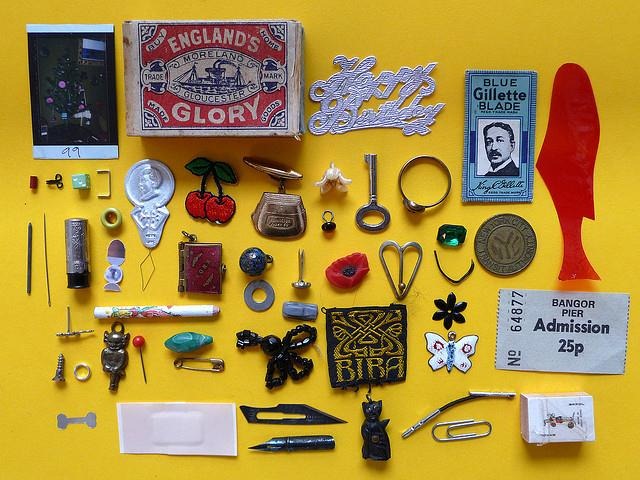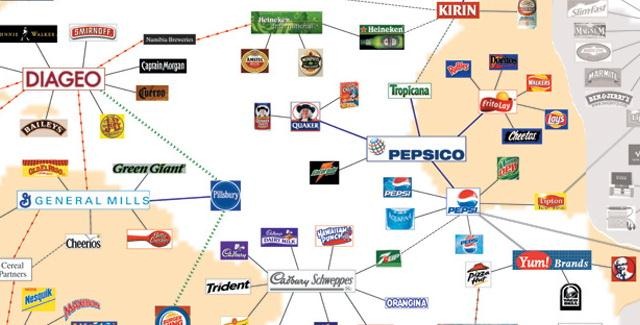So you've worked your buns off, planning, strategizing, researching, and testing, just to have a finished business model. It could take months or even years before you're happy with it. But is it finished? Is there even such a thing as a completely finished business model?
Well if you answered yes, then you're finished!
No, I don't mean your business model is finished. I mean you're finished. Kaput, done, fail whaled. Because the truth is, a business model can never be completely finished.
You may have a course of action planned out, researched and tested. You may know which direction you're heading in, what tools to use, and have all the steps laid out to initialize your business. But unless you've left some empty space for growth or change in trends, your business model is destined to stagnate and fail.
In fact, every successful business begins by setting up their model to be completely open ended. There has to be room to diversify or you'll end up at the losing end of trends.
Open Ended Diversification
One good way to prove this to yourself would be to do some research on some of the oldest, still running businesses in the world. Every one of them, if they're still in existence, started with a single idea but left the door open to either reach a wider market, or diversify into other product lines.
Recently, I did a piece on a button company started in the early 1800s. Their primary customer base was the military, as they would manufacture uniform buttons made from brass and pewter. However, during times of peace, there was less demand for their product, and so they'd shift their business model to incorporate useful household items made from the same materials.
It turned out to be a relatively easy retooling of their plant, simply because they knew wars end and so they planned inevitable changes in the trends into their model. Had they not done so, there's a good chance they would've gone out of business when the demand for their product bottomed out.
You can never know exactly how the climate of a market will change -- which is why you can't cast a business model in stone. You can plan the ability for change into your model, but there's no way you can determine at the outset which direction you'll be heading in.
So the only thing you can definitely plan for is the need for flexibility, because change is really the only inevitable thing in business. Or in life for that matter!
The Branding Business Model
To create a successful business model then, you should naturally make it so it fits your area of expertise. But then you need to immediately set out to expand your knowledge base to find ways to diversify.
Now we're not talking about a typical online niche marketing model where some marketers delve into many different niches, whether they're related or not in hopes of having any number of them bring in some revenue.
This type of helter-skelter marketing, or diversifying all over the place with no clear base of operation, or no connectivity to your area of expertise, may bring in fast money, but its not a good model for longevity.
No, you want to make your diversification relevant with your initial groundwork. The reason is, if you truly want to have a successful business, you need to brand it.
Branding your business is making it known for something specific and it is what will set it apart from your competitors, and give you a foothold in your market. Wherever you diversify, it should always be somehow linked to what you intend to be known for.
The button company is good example. They were known for their exquisite buttons and they were also very well known for the over all metalwork. This gave them the flexibility to move into other metal related products without detracting from their brand.
So…
If your business model starts out open ended enough to be able to diversify into other related areas, you'll get more life out of your initial plans. On the other hand, starting out with a strict, close ended model gives you little room to expand, and will have you starting over from scratch as soon as your market changes.
One thing is for certain, a business model is finished only when the company goes out of business. Until then, it's a good idea to keep an open end, an open mind, and an open eye on how things are going in your market. Expect to shift gears and/or move in a different direction at a moment's notice, and maybe your company will be talked about as an example of a good business model for entrepreneurs to learn from far into the future.
How do you plan to handle growth and change? Or am I wrong in thinking change can't be "planned" this way?



